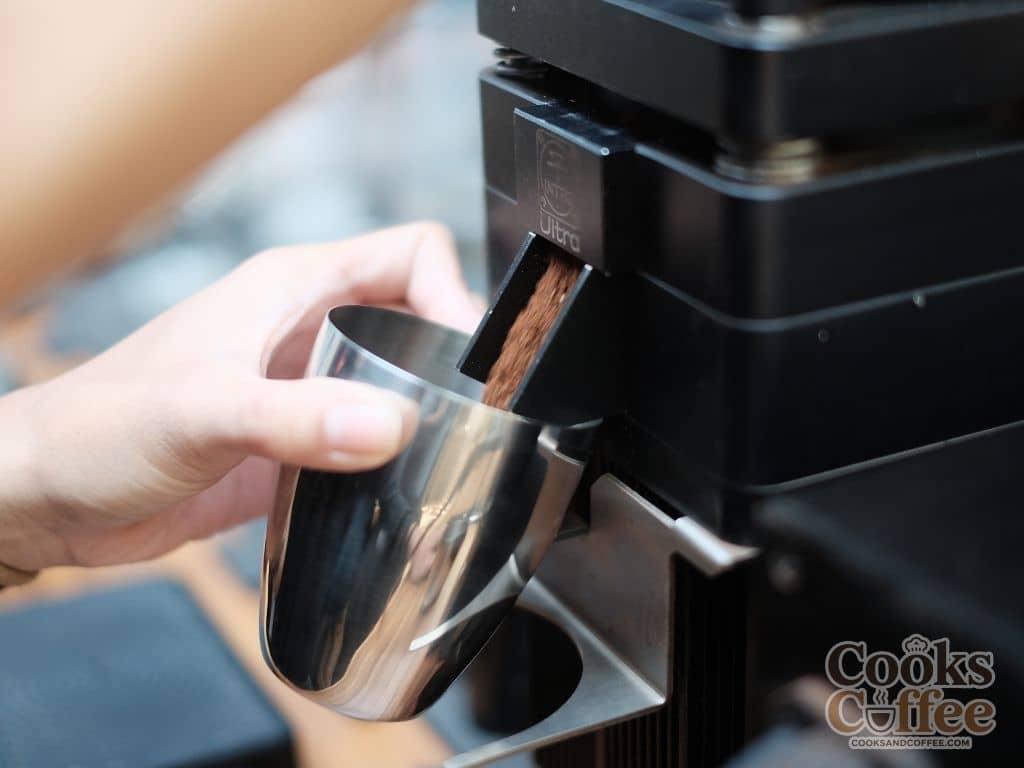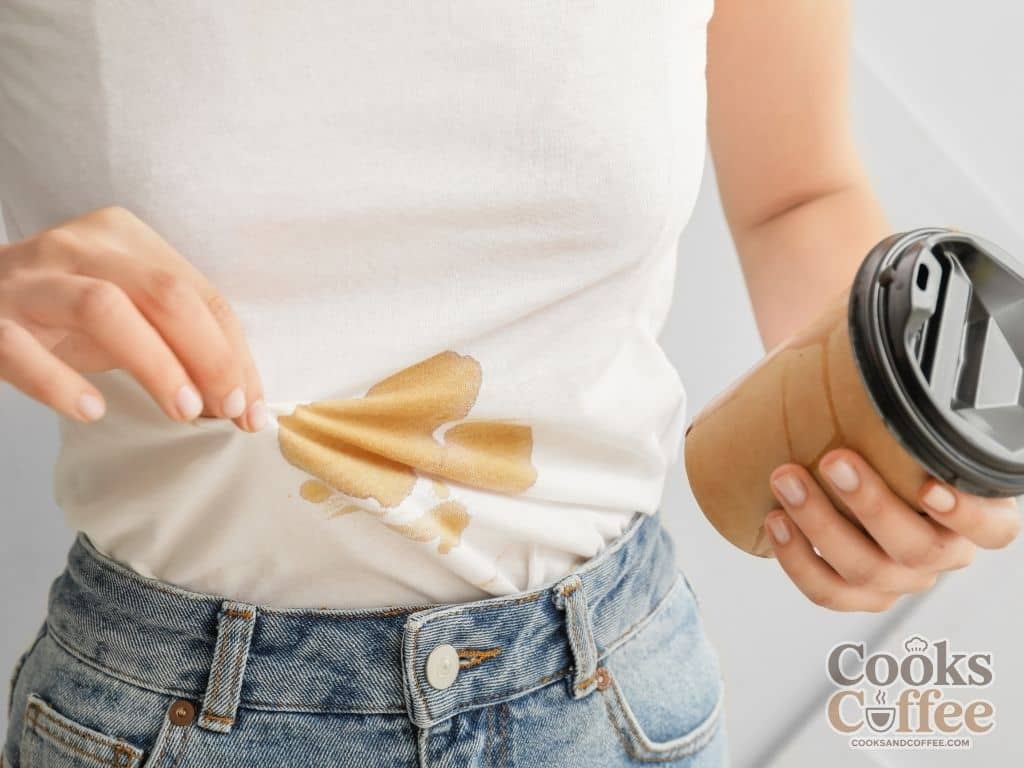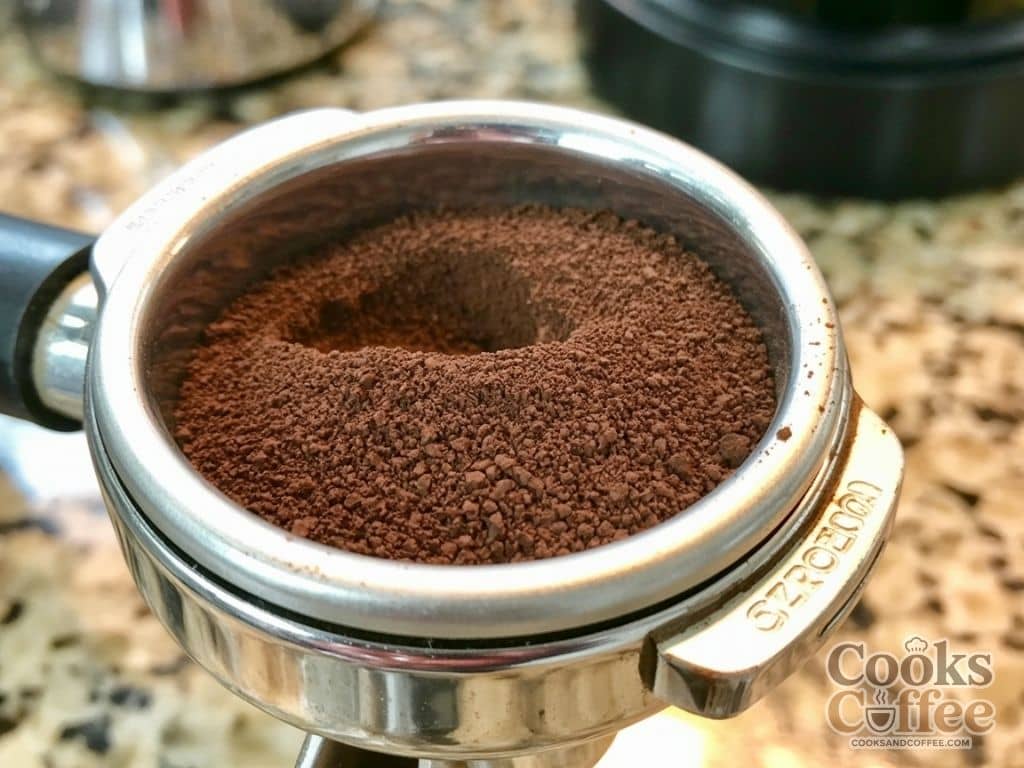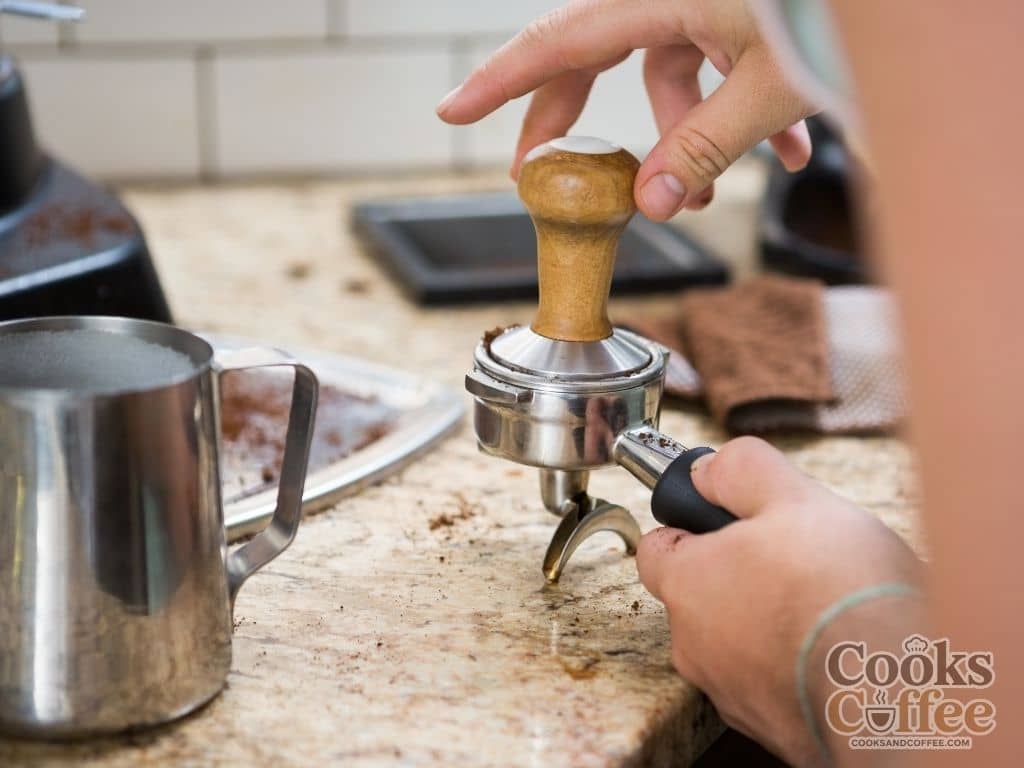
Espresso Grind 101: What You Need for the Best Shot
Alright, let’s talk about the single biggest make-or-break factor in your espresso journey: the grind. You can have a top-of-the-line machine, the most beautiful hand-polished portafilter, and award-winning beans, but if your grind size is off, you’re gonna have a bad time. I’m talking about the kind of sour, bitter, or just plain sad shot that makes you question all your life choices.
So, how fine should espresso grind be? It’s the million-dollar question, and the answer is both simple and deeply complicated. But don’t worry, we’re going to figure this out together. Think of me as your coffee-obsessed friend who’s made all the mistakes so you don’t have to.
Why Grind Size is Your Espresso’s Best Friend (or Worst Enemy)
Espresso is all about pressure. You’re forcing hot water through a compact puck of finely ground coffee. The goal is to extract all those deliciously complex flavors—the sweet caramels, the bright fruity notes, the rich chocolaty body—without pulling out the bitter, astringent nasties.
The grind size is the primary control you have over this process. It directly determines how quickly the water passes through the coffee.
- Too coarse: The water blasts through the puck like it’s late for a meeting. This results in a gushing, watery, under-extracted shot. It’ll taste sour, weak, and salty. Not a good look.
- Too fine: The water hits a brick wall. It struggles, drips painfully slowly, or doesn’t come out at all. This over-extracted shot will taste intensely bitter, dry, and hollow. It’s the kind of shot that makes you pucker up for all the wrong reasons.
We’re aiming for that magical Goldilocks zone: just right.
The “Look and Feel” of the Perfect Espresso Grind
Let’s get tactile. What are we actually going for?
Imagine table salt. That’s the classic, textbook description you’ll hear everywhere. But what does that mean? It’s a starting point, not a gospel truth. The exact perfect grind for your setup will vary, but here’s what you’re sensing for:
- Visual: It should look a tad finer than granulated white sugar but coarser than powdery confectioner’s sugar. Hold some between your fingers. It should feel gritty, not floury.
- Texture: When you rub it between your thumb and forefinger, it should have a slight graininess. You should feel the individual particles. If it feels like smooth dust or clay, you’ve gone too far.
- Behavior: This is key. Clumping is actually a good sign! A properly fine grind will want to clump together because of its static charge and the oils present. If it’s flowing like sand and doesn’t clump at all, it’s probably too coarse. IMO, a little clumping is a great indicator you’re in the right neighborhood.
Ever wondered why your supermarket pre-ground “espresso” coffee never works? It’s usually way too coarse and stale. It’s basically coffee sawdust that gave up on life weeks ago. For real espresso, you must grind your beans fresh.
Your Grinder: The Unsung Hero of Your Coffee Station
Let’s have some real talk. Your grinder is more important than your espresso machine. I know, that sounds crazy. But a great grinder with a mediocre machine will produce better shots than a world-class machine with a crappy grinder.
Why? It all comes down to consistency.
Blade grinders? We don’t talk about those here. They’re basically tiny blenders that create a wildly inconsistent mix of powder, boulders, and everything in between. This inconsistency is a death sentence for espresso. Water will find the path of least resistance through the biggest particles, leading to both under and over-extraction in the same shot. A mess.
You need a good burr grinder. Burr grinders crush the beans between two abrasive surfaces, creating a much more uniform particle size. This is non-negotiable. There are two main types:
- Conical Burr Grinders: Great for home use. They tend to be quieter, generate less heat, and are generally more affordable. They produce excellent consistency for the price.
- Flat Burr Grinders: Often found in coffee shops and high-end home setups. They’re known for producing even more precise and consistent grinds, which is what we’re ultimately chasing.
The takeaway? Invest in the best grinder you can afford. It’s the cornerstone of your entire espresso game. A good grinder gives you the control to actually dial in your shot. A bad one just leaves you frustrated and drinking sour coffee.
Finding Your Perfect Grind
Here’s where the conversation gets personal. My perfect grind for my dark roast beans on my humid Tuesday morning might be different from yours. The “espresso grind” setting on your grinder is a suggestion, not a command.
Dialing in is the process of tweaking your grind size (and other variables) to get the best possible shot from your specific beans on your specific machine. It’s a journey, not a destination.
Your best friend in this process is the 2:1 brew ratio in 25-30 seconds. This is your compass.
- Start with a Baseline: Weigh out 18 grams of coffee beans. Grind them to that “fine table salt” consistency we talked about.
- Pull a Shot: Tamp evenly and pull your shot. Start your timer when you hit the brew button.
- Observe and Taste: Your goal is to get roughly 36 grams of liquid espresso in your cup in about 25-30 seconds.
- Too fast (<25 seconds) and sour? Your grind is too coarse. Make it a click or two finer.
- Too slow (>30 seconds) and bitter? Your grind is too fine. Make it a click or two coarser.
- Repeat: Keep adjusting, tasting, and noting the changes. This is the ritual. It might take a few shots, but you’ll zero in on it.
FYI, the beans themselves play a huge role. Lighter roasts are denser and often need a finer grind than darker roasts. Freshness matters too—as beans age, you might need to adjust the grind finer to compensate for degassing.
Other Factors That Mess With Your Flow
Grind size is the star of the show, but it has a supporting cast. You can’t ignore these:
- Dose: The amount of coffee in your basket. More coffee means a denser puck and longer extraction time.
- Tamp Pressure: This one is a myth-buster. As long as you’re tamping evenly and consistently, the actual pressure doesn’t matter nearly as much as we once thought. An even tamp is far more important than a hard tamp. Just give it a firm, level push.
- Bean Freshness: Beans are most gaseous in the first week or two after roasting. This CO2 can interfere with extraction. If your shots are erratic and you’re getting a lot of channeling (water forcing paths through the puck), your beans might be too fresh. Let them rest for a few more days.
See? It’s a whole ecosystem. But grind size is the main lever you’ll pull to get everything in harmony.
Wrapping It Up: Trust Your Taste Buds
So, how fine should your espresso grind be? It should be fine enough to produce a beautiful, syrupy shot that lands in that 25-30 second window for a 2:1 ratio. But that’s just the technical answer.
The real answer? It should be as fine as it needs to be for the shot to taste good to you. The timer and the scale are incredibly useful guides, but they are guides, not gods. Your palate is the final judge. I’ve had stunning shots that ran 23 seconds and amazing shots that ran 32. The numbers get you in the ballpark, but your taste buds call the final play.
Don’t be afraid to experiment. Embrace the process. Enjoy the ritual of it. And when you finally pull that god-shot—the one that makes you close your eyes and just smile—you’ll know all the tweaking was worth it. Now go forth and grind! 🙂



